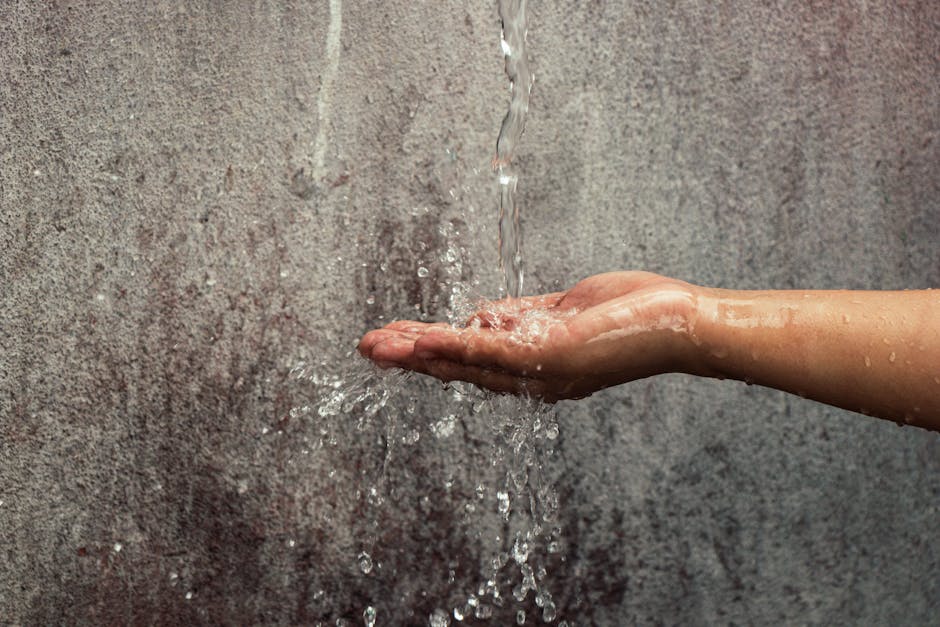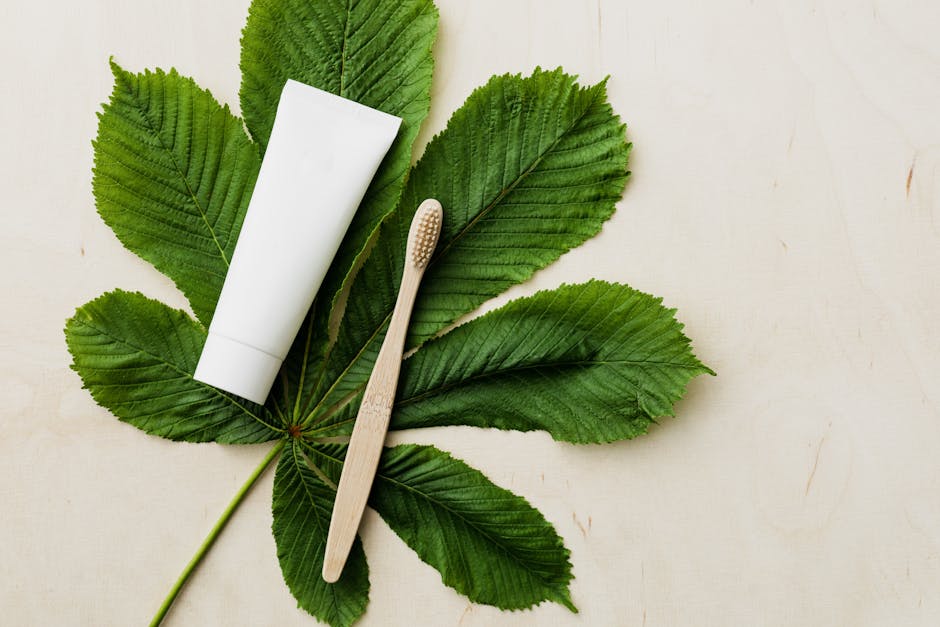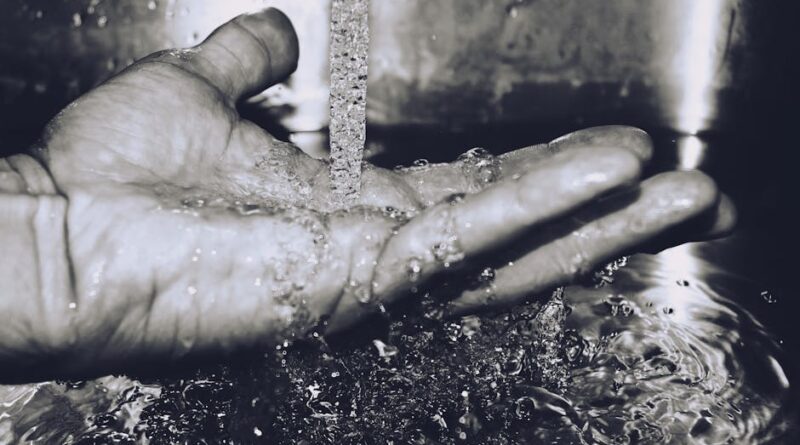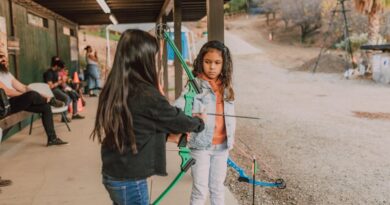Essential Tips for Sustainable Bowhunting: A Comprehensive Guide
Bowhunting, a traditional method of hunting that dates back centuries, offers a unique and challenging experience for outdoor enthusiasts. However, as with any form of hunting, it is essential to practice sustainability to ensure the conservation of wildlife and their habitats. In this comprehensive guide, we will delve into the essential tips for sustainable bowhunting, exploring the best practices, ethical considerations, and conservation efforts that can help preserve our natural resources for future generations.
The Ethics of Bowhunting

Before delving into the practical tips for sustainable bowhunting, it is crucial to understand the ethical considerations that come with this sport. Bowhunting requires a deep respect for wildlife and a commitment to conservation. As hunters, it is our responsibility to ensure that our actions do not harm the ecosystem or endanger species. This means following ethical hunting practices, such as only taking shots within your skill level, using proper equipment to minimize suffering, and always obeying hunting regulations.
Bowhunters should also strive to make clean kills, ensuring that the animal doesn’t suffer unnecessarily. This requires practice, patience, and a deep understanding of anatomy to deliver accurate shots. Additionally, hunters should always strive to recover their game quickly to prevent wasted meat and minimize the impact on the animal population.
Choosing the Right Equipment

One of the most critical aspects of sustainable bowhunting is selecting the right equipment. Your bow, arrows, and broadheads play a crucial role in determining the success of your hunt and the ethical implications of your actions. When choosing a bow, consider factors such as draw weight, draw length, and overall fit to ensure that you can shoot accurately and ethically.
It is also essential to select the right arrows for your bow, taking into account factors such as spine stiffness, weight, and fletching. Your broadheads, the tips of your arrows, should be sharp and well-maintained to ensure a clean kill. Fixed-blade broadheads are often preferred for their reliability and penetration, although mechanical broadheads have gained popularity in recent years for their accuracy and wound channels.
Investing in high-quality equipment may be more expensive upfront, but it can improve your hunting experience, increase your success rate, and minimize the risk of causing unnecessary harm to animals. Proper maintenance of your gear is also crucial to ensure that it performs optimally and lasts for many hunting seasons.
Practicing Shot Placement

Shot placement is a fundamental aspect of bowhunting that can make the difference between a clean kill and a wounded animal. As a bowhunter, it is essential to understand the anatomy of your target species and aim for vital organs to ensure a quick and ethical kill. The most effective shot placement for bowhunting is typically behind the shoulder, aiming for the heart and lungs to maximize the chances of a swift and humane kill.
Practice is key when it comes to shot placement. Regular target practice can help improve your accuracy and confidence in the field, enabling you to make ethical shots when the opportunity arises. Additionally, consider practicing shooting from different angles and distances to simulate real hunting scenarios and prepare for various hunting conditions.
When hunting, always wait for a clear shot and avoid taking risky shots that could result in a wounded animal. Patience is a virtue in bowhunting, and waiting for the right opportunity can lead to a more successful and ethical hunt.
Understanding Wildlife Behavior

Understanding the behavior of the wildlife you are hunting is essential for a successful and sustainable hunt. By studying the habits, movements, and habitats of your target species, you can increase your chances of encountering them in the wild. This knowledge can also help you anticipate their behavior and make informed decisions when setting up your hunting strategy.
Scouting is a valuable tool for bowhunters to gather information about the local wildlife population and identify high-traffic areas. By observing tracks, trails, rubs, scrapes, and other signs of animal activity, you can pinpoint potential hunting spots and plan your approach accordingly.
It is crucial to respect the natural behavior of wildlife and avoid disrupting their routines. Minimize your impact on the environment by practicing Leave No Trace principles, such as packing out your trash, avoiding sensitive habitats, and respecting wildlife corridors. By being a responsible and conscientious hunter, you can help preserve the balance of nature and contribute to the sustainability of bowhunting.
Conservation and Stewardship
Conservation is at the heart of sustainable bowhunting. As hunters, we have a unique connection to the natural world and a responsibility to protect and preserve it for future generations. By supporting conservation efforts, habitat restoration projects, and wildlife management initiatives, bowhunters can contribute to the long-term health of ecosystems and the sustainability of hunting traditions.
Joining conservation organizations, volunteering for habitat improvement projects, and advocating for wildlife conservation are ways that bowhunters can make a positive impact on the environment. By actively participating in conservation efforts, hunters can help ensure the continued existence of healthy wildlife populations and sustainable hunting opportunities.
Stewardship is another essential aspect of sustainable bowhunting. By practicing ethical hunting, respecting wildlife, and promoting conservation, hunters can demonstrate their commitment to being responsible stewards of the land. This mindset of caring for the environment and its inhabitants is essential for the future of bowhunting and the preservation of our natural resources.
Conclusion
Essential tips for sustainable bowhunting encompass a range of practices, from ethical considerations and equipment selection to shot placement, wildlife behavior, conservation, and stewardship. By following these tips and adopting a mindset of responsibility and respect for nature, bowhunters can enjoy the sport while contributing to the conservation of wildlife and their habitats.
Remember that sustainable bowhunting is not just about harvesting game; it is about being a part of something bigger than ourselves and playing a role in the preservation of our natural world. By embracing sustainability in bowhunting, we can ensure that future generations will have the opportunity to experience the beauty and thrill of hunting in a way that respects and protects the environment.
Whether you are a seasoned bowhunter or new to the sport, incorporating these essential tips into your hunting practices can enhance your experience and deepen your connection to the natural world. By being mindful of your impact on the environment, practicing ethical hunting, and supporting conservation efforts, you can become a responsible and sustainable bowhunter committed to preserving our hunting heritage for years to come.
So, as you prepare for your next bowhunting adventure, remember to keep these essential tips in mind and strive to be a steward of the land, a protector of wildlife, and a champion of sustainability in bowhunting.




